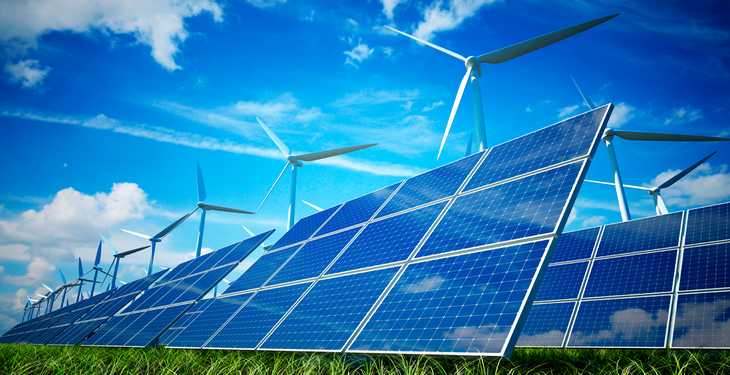The consumption increased with over nine percent, and the energy-queens were the solar (almost 15% increase), wind and hydro, which registered record-increases during the period January-July 2016, according to the National Statistics Institute (INS).
Thus, production from the hydropower plants was 12.575,1 million KWh increasing with 1.432,7 million kWh (+ 12.9%), in counterweight to that of the nuclear power plants, which was 6.251,8 million KWh – in decrease by 314.9 million kWh (-4.8%) in the first seven months of this year.
The production of the wind power plants in the same period was 3.658 million KWh, up by 10% (or 368.4 million KWh) compared to the same period last year, while the solar energy produced from photovoltaic stations in this period was 1.195,1 million KWh, up by nearly 14.7% (or 175.4 million KWh) compared to the corresponding period of 2015.
The final consumption of electricity was 32.181,7 million kWh, 9.2% higher than the corresponding period of 2015; the public lighting decreased by 1.3% and the population consumption increased by 1.5%. The electricity export was 4.652,1 million KWh, down by 1.090,1 million KWh. The technological consumption in the grids and plants was 3.532,4 million KWh, down by 236.7 million KWh.
The main primary energy resources decreased in the period January-July, by 1.7% compared to the same period last year, while the electricity increased by 3.6%, shows a statement of INS, quoted by Bursa.
The domestic production totaled 11.841,2 thousand tonnes of oil equivalent (toe), down by 918,5 thousand toe, over the same period last year, while import was 6.782,2 thousand toe.
During this period, the electricity resources were 40.366,2 million KWh, increasing with 1.396,0 million KWh (+ 3.6%) compared to the corresponding period of 2015. The production from thermo power plants was 14.360,7 million KWh, down by 409.0 million KWh (-2.8%).

